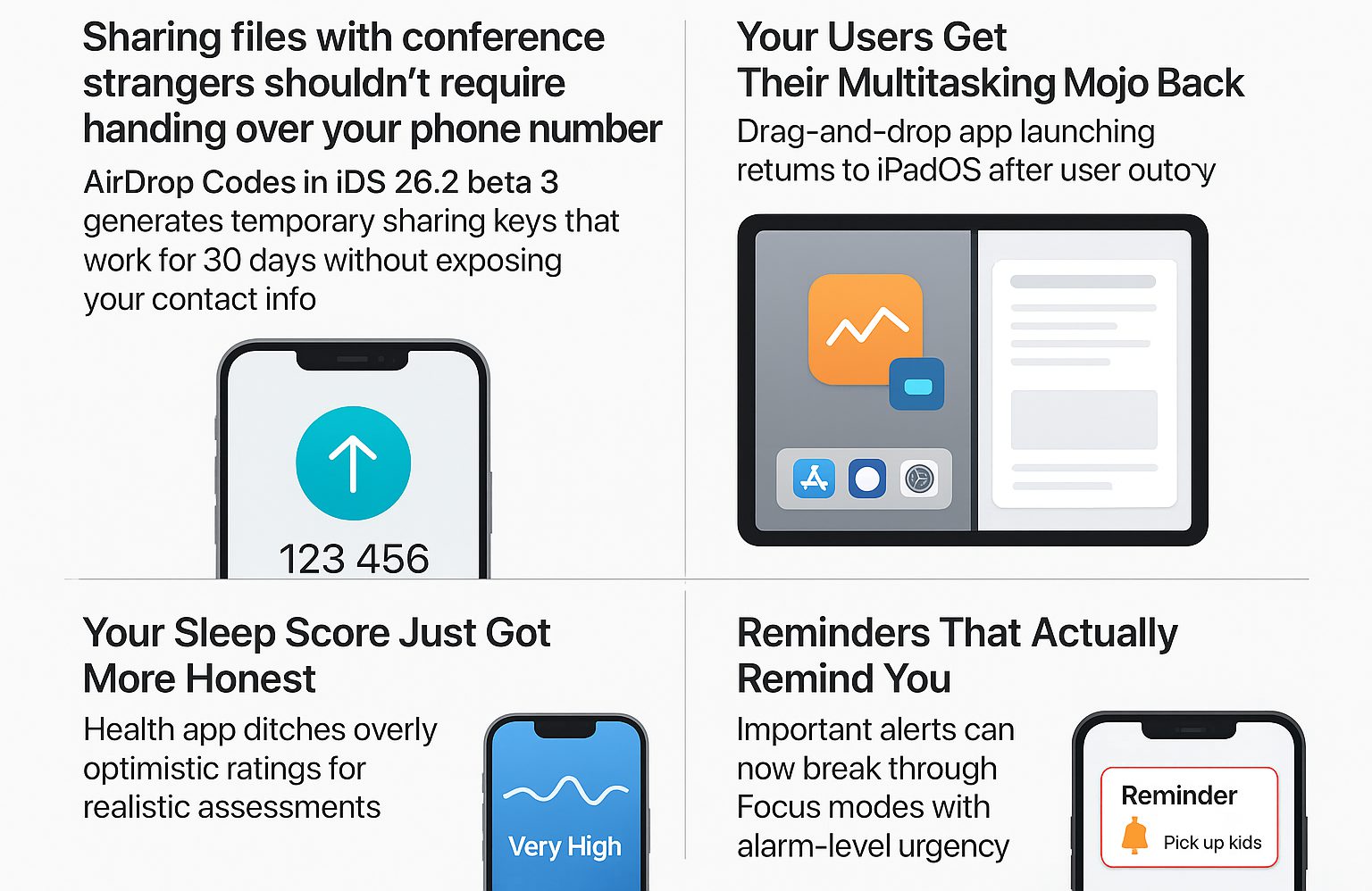Your car’s infotainment system freezes mid-commute, displaying last Tuesday’s weather while refusing to connect your phone. Three months later, you disconnect the battery for an unrelated repair, and suddenly everything works perfectly. Welcome to the frustrating world of automotive electronics, where the oldest IT solution—turning it off and on again—still reigns supreme, much like other computer problems.
What Really Happens During a Battery Reset
Disconnecting your car’s battery forces a system-wide reboot that clears temporary glitches.
The “30-second trick” isn’t magic—it’s basic electronics. When you disconnect the negative battery terminal, capacitors throughout your car’s electrical system discharge, wiping volatile memory from the ECU and accessory modules. Think of it as forcing every computer in your car to restart simultaneously.
After reconnection, these systems boot with factory defaults and begin relearning optimal settings based on real-time sensor data.
The Problems This Actually Solves
Battery resets excel at clearing soft errors and restoring glitchy accessories to proper function.
This technique genuinely fixes specific issues:
- Phantom check engine lights caused by temporary sensor hiccups
- Frozen infotainment systems
- Power windows that lost their “auto-up” memory
- Adaptive systems that need recalibration after parts replacement
It’s particularly effective for communication errors between modules and clearing stored fault codes that don’t reflect actual hardware problems.
Why Modern Cars Are Trickier
Today’s vehicles often require more than a simple battery disconnect for complete system resets.
Here’s where that “90% effective” claim falls apart. Many contemporary vehicles have backup power sources that keep certain modules active even when the main battery is disconnected.
Luxury cars and those built after 2010 frequently store persistent codes in non-volatile memory that survive battery disconnects entirely. Some ECUs require professional scan tools for complete resets, making the battery trick more like clearing your browser cache than formatting your hard drive, especially with modern vehicles.
Doing It Right (And Safely)
Proper technique and safety precautions prevent electrical damage and personal injury.
Always work with the ignition off and accessories disabled. Remove the negative terminal first using insulated tools, keeping the cable end away from the battery for at least 30 seconds, though 15-30 minutes ensures a more complete discharge.
Wear safety glasses and gloves; car batteries contain corrosive acid and can produce explosive gases. After reconnecting, let your car idle briefly, then drive gently through various speeds so the ECU can relearn optimal fuel and ignition timing.
When to Skip the DIY Route
Hardware failures and persistent codes require professional diagnosis, not battery resets.
This trick won’t fix genuine sensor failures, wiring problems, or mechanical issues—those will return immediately after reconnection. If warning lights reappear within hours or persist through multiple reset attempts, you’re dealing with actual hardware problems that need professional attention.
Save yourself the frustration and head to a qualified technician who can perform proper diagnostics with professional-grade scan tools, though for other maintenance tasks, you might consider DIY car fixes.





























